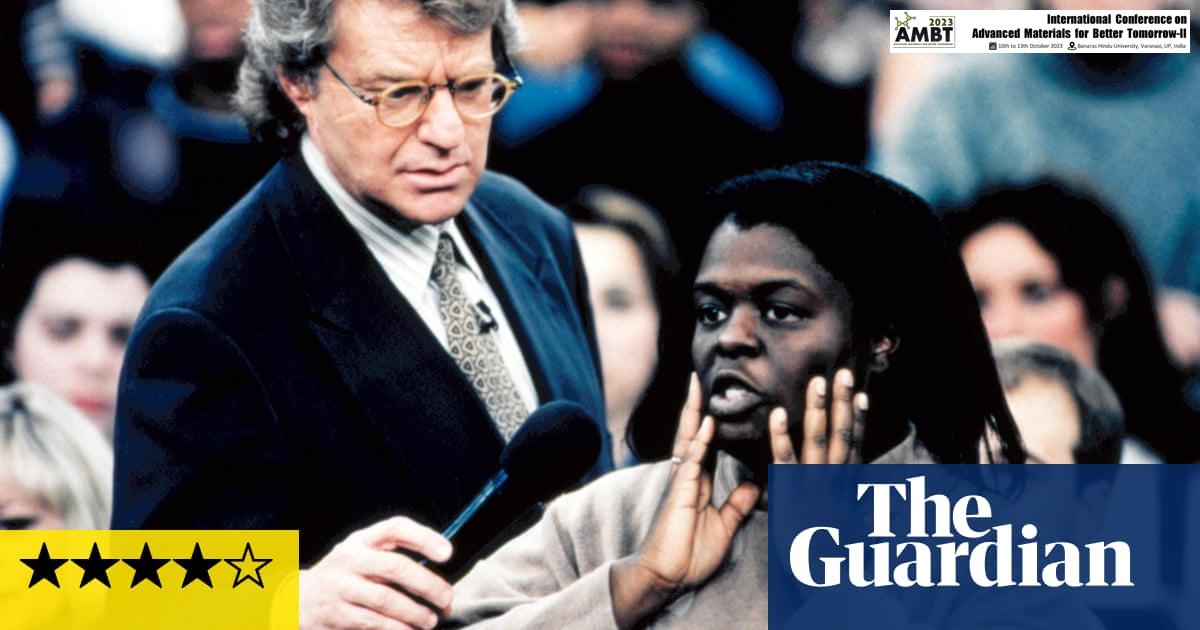A new documentary, *Jerry Springer: Fights, Camera, Action,* has hit Netflix, and it takes viewers on a wild journey through the chaotic and controversial life of The Jerry Springer Show, which transformed from a traditional family reunion-type program into one of the most notorious talk shows in television history. This documentary brings to light the behind-the-scenes decisions that led to the show’s dramatic rise to fame, drawing on the stories of former producers and guests, while also exploring its lasting impact on society.
How Did It All Begin?
The Jerry Springer Show first appeared on our screens in 1991, and with its outrageous themes and sensational stories, it quickly became a topic of conversation. Richard Dominick, the executive producer, played a huge role in shifting the show’s format to focus on more shocking content. He believed that to keep viewers hooked, they needed to create segments that were compelling, even without sound, and this often meant encouraging guests to engage in loud arguments and fights.
A Show Built on Sensation
The documentary reveals that from the start, the show featured crazy topics that included everything from love triangles to unusual relationships. Viewers remember episodes like “I Married a Horse” and “Lesbian Threesomes with Mom,” which pushed the boundaries of what was acceptable on television. The audience’s reaction was wild, with crowds often chanting, “Jerry! Jerry! Jerry!” Thus, the show gained a reputation for being extreme and, in some opinions, trashy.
Was There a Moral Line?
- Many former producers admitted they weren’t focused on helping the guests but rather on getting high ratings.
- The show’s production methods included staging rehearsals to encourage more outrageous behavior from participants.
This pursuit of ratings sometimes had devastating outcomes. In one chilling case, a guest named Nancy Campbell-Panitz appeared on the show, and soon after, she was tragically murdered by her ex-husband, Ralf Panitz, raising questions about the show’s responsibility for the events that unfolded.
The Infamous Murder Case
The documentary does not shy away from this serious incident, exploring how Nancy’s appearance on the show and the subsequent murder led to a national outcry. Ralf was sentenced to life in prison for second-degree murder in 2002, and during the trial, the judge openly criticized the role that *The Jerry Springer Show* played in Nancy’s tragic fate. This incident highlighted the potential moral failings of the show, leaving many to wonder about the ethics behind reality television.
Springer’s Legacy Today
Despite the chaotic nature of the show, Jerry Springer himself often came across as a calm and considerate host in comparison to the tumultuous scenes playing out on his stage. The documentary successfully contrasts his approach with that of more uplifting programs, such as Oprah Winfrey’s show, showcasing how different styles of talk shows can impact culture.
The Show That Changed TV
With over 3,800 episodes aired, *The Jerry Springer Show* ran until 2018, significantly influencing the reality TV genre. The effects of the show’s sensationalism can still be felt today in programs like *The Real Housewives*, where shock value remains a main draw for audiences. The documentary puts forward a compelling argument that Springer’s approach changed television for the worse, contributing to a decline in civilized discourse and setting a new standard for entertainment.
Looking Back
The release of this documentary is a moment to reflect on the complexities of entertainment media. It asks the audience to consider the boundaries of entertainment versus ethics and the social responsibilities that come with creating such content. As we dive back into the world of The Jerry Springer Show, viewers are reminded not only of the chaos but also of the deeper issues surrounding the media landscape.
As we discuss Jerry Springer’s legacy, the documentary leaves us pondering: What kind of television do we want to see, and are we ready to take responsibility for the entertainment we consume?

